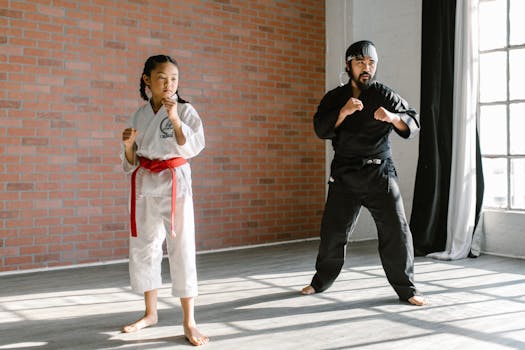How Layoff Time Between Fights Impacts a Fighter's Odds
Understanding the effects of layoff periods between fights is crucial for athletes, coaches, and sports analysts alike. This article delves into how these breaks can influence a fighter's performance and odds in the ring.
Introduction to Layoff Times Layoff time refers to the period a fighter takes off from competing in fights. This break can be due to various reasons such as recovery from injuries, personal decisions, or lack of suitable opponents. The duration of these layoffs can significantly impact a fighter's physical condition, mental preparedness, and overall performance.
Effects of Short vs. Long Layoffs Short Layoff Benefits:
- Quick Return: Fighters staying active can maintain rhythm and sharpness in skills.
- Momentum Maintenance: Less time between fights can help fighters keep their winning momentum.
- Psychological Edge: Frequent competition can boost confidence.
- Insufficient Recovery: Limited time to heal from injuries or mental fatigue.
- Overtraining Risk: High frequency of fights can lead to burnout.
- Adequate Recovery: More time to heal and rejuvenate both mentally and physically.
- Strategic Planning: Allows more time for studying opponents and refining techniques.
- Ring Rust: Skills and timing might degrade without regular competition.
- Loss of Public Interest: Extended absences can reduce a fighter's marketability and fan base.
Short Layoff Drawbacks:
Long Layoff Benefits:
Long Layoff Drawbacks:
Comparative Advantages and Disadvantages Each approach has its merits and demerits, and the choice largely depends on individual circumstances. For instance, a fighter recovering from a severe injury might benefit from a longer layoff, whereas an up-and-coming fighter might prefer shorter layoffs to build a reputation quickly.
Practical Examples Consider the case of a professional boxer who took a year-long break due to an injury and returned stronger, eventually winning a championship. Contrast this with another fighter who fought too frequently, leading to a decline in performance due to accumulated injuries and fatigue.
Conclusion and Recommendations The impact of layoff time between fights varies based on numerous factors including the fighter's age, physical condition, and the nature of their previous bouts. Fighters and their coaching teams should carefully consider the optimal layoff period to maximize performance and career longevity.
Coaches and fighters are encouraged to assess their specific situations and perhaps consult sports performance experts to make informed decisions about layoff periods. For fans and bettors, understanding these dynamics can also provide deeper insights into a fighter's odds and potential performance in upcoming matches.
Call to Action For more detailed insights and personalized advice, fighters and coaches should consider engaging with sports performance professionals who can provide tailored strategies based on comprehensive assessments.
By understanding and strategically planning layoff times, fighters can significantly enhance their odds and ensure a more successful and sustainable career in the competitive world of sports.

.png)





